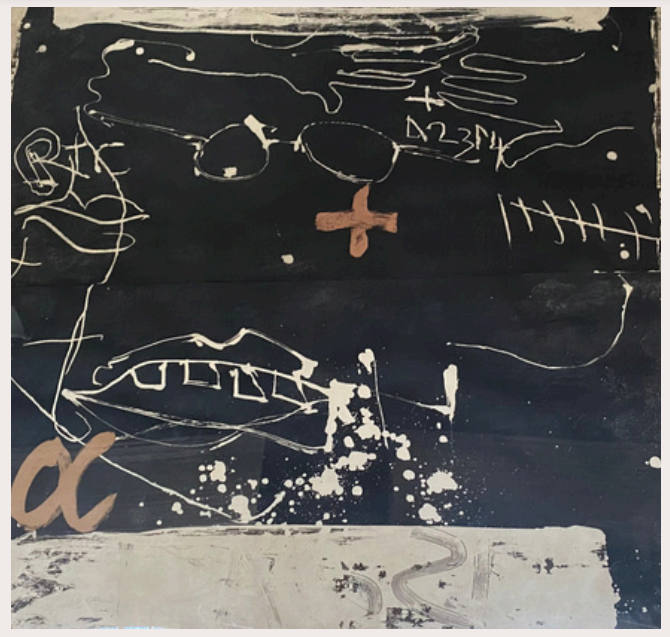Antoni Tàpies was a pioneering Catalan artist known for his highly textured abstract paintings, blending symbolism, calligraphy, and unconventional materials like sand, marble dust, and fabric. Initially influenced by Surrealism, he later became a leading figure in Art Informel, a European abstract movement. His work often featured crosses, numbers, footprints, and letters, reflecting spirituality, political resistance, and existential themes.
Throughout his career, he gained global recognition, winning numerous awards, including the Golden Lion at the Venice Biennale (1993). His legacy continues through the Fundació Antoni Tàpies in Barcelona, which preserves and promotes his work. Today, he is regarded as one of Spain’s most influential post-war artists.


